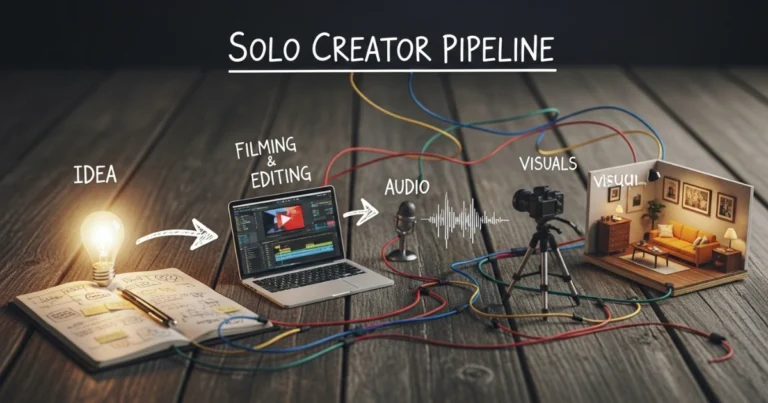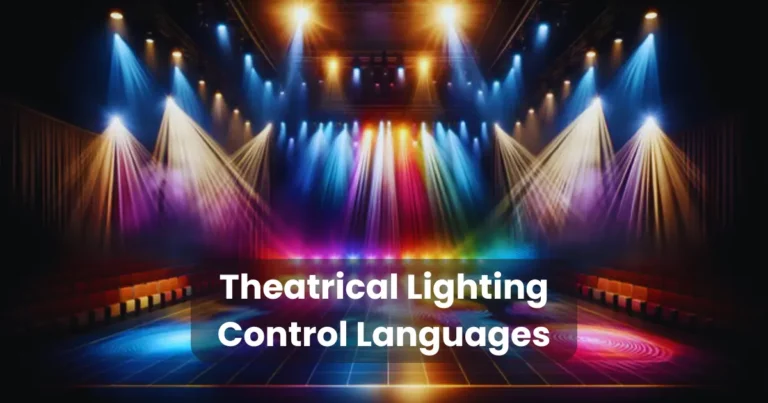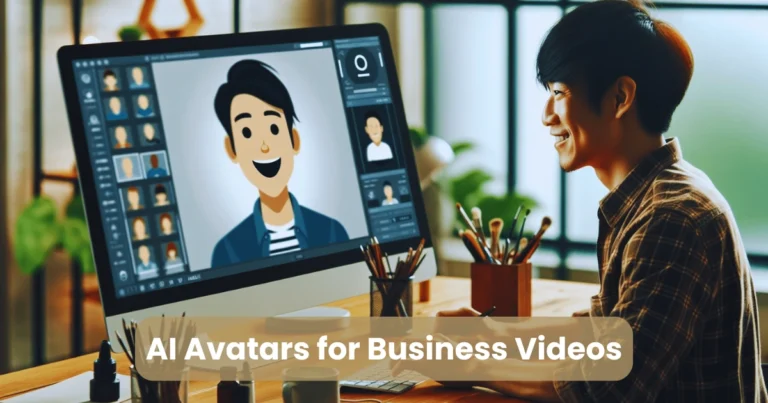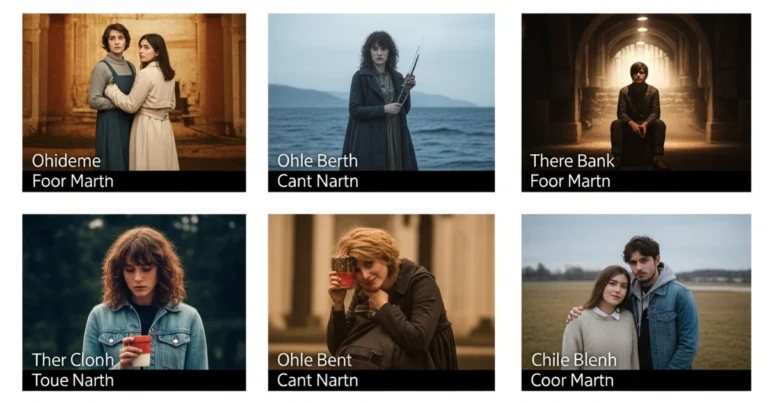Camera Languages | Types of Camera Languages
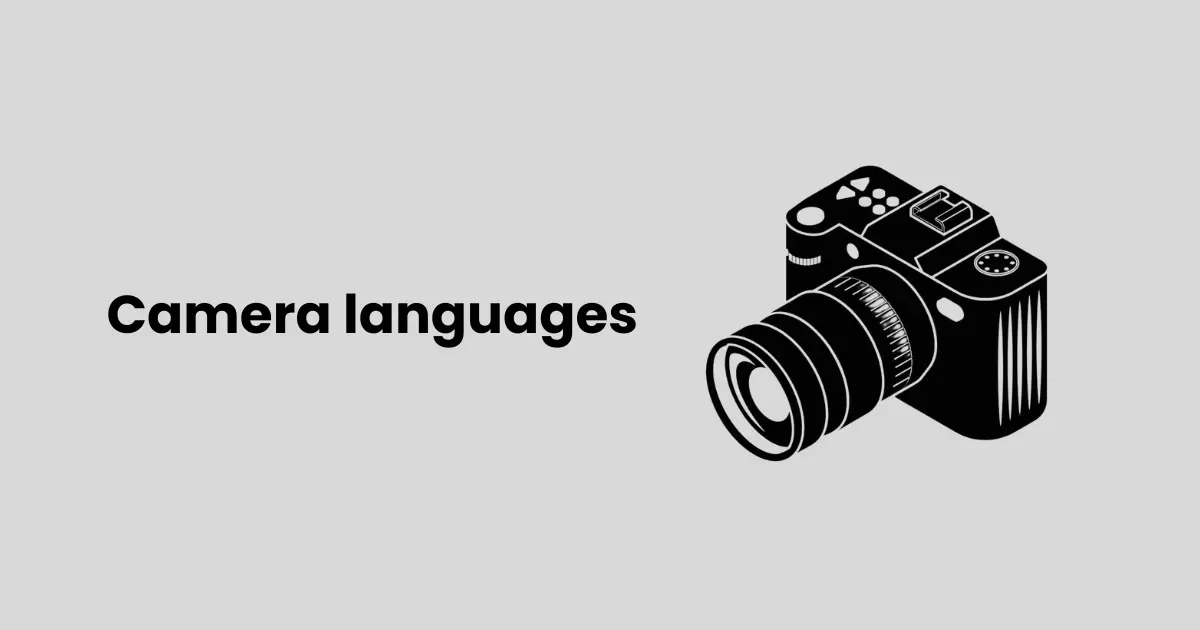
Contents
Understanding camera languages is crucial for anyone working in visual storytelling, including filmmakers, animators, photographers, and video content creators. Camera languages refer to the techniques used to convey emotions, direct the viewer’s focus, and enhance the narrative through framing, angles, movements, and composition. Every shot in a film, advertisement, or video game communicates a message, and mastering camera languages allows creators to engage their audience effectively.
By strategically using different camera techniques, storytellers can evoke specific emotions, create dynamic scenes, and guide the audience’s perspective. From the framing of a shot to the movement of the camera, each element contributes to the overall impact of a visual project. In this article, we will explore the various aspects of camera languages, their significance in different media, and how one can master them to create compelling visual content.
Types of Camera Languages
Understanding camera languages involves mastering various techniques that influence how a story is visually communicated. These techniques include composition, framing, camera angles, and movements, each contributing to the overall impact of a scene. Below are the key types of camera languages that shape visual storytelling.

1. Composition and Framing
Composition and framing are fundamental to camera languages, as they determine how elements within a shot are arranged. Proper composition helps direct the viewer’s attention and creates a sense of balance in an image. Some essential composition techniques include:
- Rule of Thirds – Dividing the frame into nine equal sections to position subjects in visually appealing spots.
- Leading Lines – Using natural lines within a scene to guide the viewer’s focus.
- Symmetry and Asymmetry – Balancing elements to create either harmony or tension.
2. Camera Angles and Their Impact
Camera angles play a significant role in influencing how characters and scenes are perceived. Different angles create different emotional responses:
- Eye-Level Shot – Places the viewer on equal footing with the subject, creating a neutral perspective.
- Low-Angle Shot – Makes the subject appear powerful, dominant, or intimidating.
- High-Angle Shot – Creates a sense of vulnerability or insignificance.
- Over-the-Shoulder Shot – Enhances conversations by providing the perspective of one character.
3. Camera Movements for Dynamic Shots
Camera movements add energy and fluidity to visual storytelling. Each movement in camera languages serves a unique purpose:
- Pan – A horizontal movement that follows a subject or reveals more of the scene.
- Tilt – A vertical movement that creates dramatic emphasis or scale.
- Dolly/Tracking Shot – Moves the camera toward or away from the subject for a dynamic perspective.
- Crane Shot – Provides sweeping, high-angle views for cinematic effects.
- Handheld Shot – Creates an immersive, realistic feel by adding natural camera shakes.
Each of these elements of camera languages contributes to the way a story unfolds visually. Mastering them ensures a more engaging and compelling experience for the audience.
Essential Camera Techniques
Mastering camera languages requires a deep understanding of various techniques that influence storytelling, visual appeal, and audience engagement. These essential techniques help create dynamic and emotionally impactful scenes.

1. Rule of Thirds and Its Application
The Rule of Thirds is a fundamental principle in camera languages that divides the frame into nine equal parts using two horizontal and two vertical lines. Placing the subject along these lines or at their intersections creates a more balanced and visually appealing composition. This technique helps:
- Direct the viewer’s focus naturally.
- Create a sense of movement or tension within a frame.
- Avoid static and uninteresting shots.
2. Depth of Field for Emphasis
Depth of field refers to how much of a scene remains in sharp focus. It plays a critical role in guiding the viewer’s attention in camera languages:
- Shallow Depth of Field – Blurs the background to isolate the subject, commonly used in portrait shots.
- Deep Depth of Field – Keeps the entire scene in focus, ideal for landscapes and storytelling where every detail matters.
By controlling depth of field, filmmakers and photographers can highlight important elements while minimizing distractions.
3. Lighting and Its Role in Camera Languages
Lighting shapes the mood, depth, and realism of a shot. Different lighting techniques enhance camera languages by creating specific emotions:
- High-Key Lighting – Bright and evenly distributed light, often used in comedies and commercials.
- Low-Key Lighting – Strong contrast and deep shadows, commonly used in thrillers and horror films.
- Natural Lighting – Uses available light sources like the sun for an authentic feel.
- Three-Point Lighting – A professional setup using a key light, fill light, and backlight to balance the subject’s visibility and depth.
4. Leading Lines and Visual Guidance
Leading lines help direct the viewer’s eye toward a specific point in the frame. These can be roads, buildings, or natural elements that subtly guide focus toward the subject. This technique is effective in drawing attention and enhancing depth in camera languages.
5. Camera Perspective and Lens Choice
The type of lens used in a shot affects the camera languages and overall storytelling:
- Wide-Angle Lens – Captures a broad view, often used for landscapes and dramatic perspectives.
- Telephoto Lens – Compresses distance and isolates the subject, ideal for portrait shots.
- Fisheye Lens – Creates extreme distortion for artistic or surreal effects.
By selecting the right lens, filmmakers and photographers can manipulate depth, focus, and perspective to enhance their visual storytelling.
These essential techniques form the foundation of camera languages, enabling creators to craft visually stunning and emotionally engaging narratives.
The Influence of Camera Languages in Different Media
The impact of camera languages extends beyond traditional filmmaking, shaping various forms of visual media. Whether in cinema, animation, video games, or advertising, the strategic use of camera techniques enhances storytelling, emotion, and audience engagement.

1. Cinema and Film Production
In filmmaking, camera languages define how a story is visually conveyed. Every shot composition, angle, and movement influences the audience’s perception. Directors use camera techniques to:
- Establish mood and tone (e.g., low-angle shots for power, handheld shots for realism).
- Guide the viewer’s attention using framing and depth of field.
- Enhance dramatic storytelling with dynamic camera movements like tracking and crane shots.
For example, Alfred Hitchcock’s use of the dolly zoom in Vertigo creates an unsettling feeling, demonstrating how camera languages evoke psychological responses.
2. Animation and Motion Graphics
In animation, camera languages work similarly to live-action filmmaking but offer more creative flexibility. Animators can create impossible camera movements, such as exaggerated perspective shifts or seamless transitions between environments. Common techniques include:
- Parallax scrolling – Creates depth by moving background layers at different speeds.
- Dynamic framing – Enhances action scenes with extreme angles and quick cuts.
- Virtual camera movements – Simulates real-world cinematography for immersive storytelling.
Studios like Pixar and Studio Ghibli master camera languages to make animated scenes feel cinematic and emotionally engaging.
3. Video Games and Interactive Storytelling
In video games, camera languages determine how players experience a virtual world. Game developers use different camera perspectives to enhance immersion:
- First-person view – Places players directly in the character’s perspective for a more personal experience (e.g., Call of Duty).
- Third-person view – Offers a broader look at the environment while maintaining character focus (e.g., The Last of Us).
- Cinematic cutscenes – Use film-style framing, depth of field, and lighting to deliver story moments.
Games like Red Dead Redemption 2 and The Legend of Zelda: Breath of the Wild use camera languages to create breathtaking visuals and compelling narratives.
4. Advertising and Marketing Videos
In commercials, camera languages influence consumer perception and brand messaging. Advertisers use:
- Close-up shots – Highlight product details and emotional expressions.
- Slow motion – Adds dramatic effect and emphasizes key moments.
- Aerial shots – Showcase grand visuals, often used in travel and luxury ads.
For example, sports brands like Nike use fast cuts and dynamic angles to create high-energy promotions, while perfume ads rely on soft lighting and elegant framing to evoke sophistication.
5. Social Media and Content Creation
With platforms like YouTube, TikTok, and Instagram, camera language have adapted to short-form and vertical video formats. Influencers and content creators apply techniques like:
- Jump cuts – Keep videos fast-paced and engaging.
- Handheld shots – Create a personal, vlog-style experience.
- Creative transitions – Maintain audience interest through smooth scene changes.
Understanding camera languages allows digital creators to produce professional-looking content that captures attention in seconds.
From Hollywood films to social media clips, camera languages shape the way audiences perceive and interact with visual media. Each industry adapts camera techniques to suit its unique storytelling needs, proving that mastering camera languages is essential for anyone in the creative field.
How to Master Camera Languages
Mastering camera languages requires a combination of technical knowledge, creative vision, and practical experience. Whether you are a filmmaker, photographer, animator, or content creator, understanding how to use camera techniques effectively can elevate your visual storytelling. Below are key steps to mastering camera languages and applying them like a professional.

1. Study the Fundamentals of Camera Work
Before experimenting with advanced techniques, it is essential to understand the basics of camera languages:
- Framing and Composition – Learn how elements are arranged within the frame using the Rule of Thirds, leading lines, and symmetry.
- Camera Angles – Practice high, low, and eye-level shots to see how they change the perception of a subject.
- Depth of Field – Experiment with shallow and deep focus to emphasize subjects and create different moods.
Watching classic films, photography tutorials, and cinematography breakdowns can provide valuable insights into how professionals use camera languages effectively.
2. Learn from Industry Experts and Case Studies
Observing how renowned filmmakers and photographers apply camera languages can improve your skills. Analyze their work by paying attention to:
- The framing choices in iconic movies (e.g., Stanley Kubrick’s symmetrical compositions).
- The use of camera movements in action films (e.g., tracking shots in Children of Men).
- The lighting techniques in noir films (e.g., high-contrast visuals in Blade Runner).
By deconstructing professional work, you can identify patterns and strategies to incorporate into your own projects.
3. Practice with Different Camera Techniques
Hands-on experience is the best way to master camera languages. Regularly practice by:
- Experimenting with different lenses – Wide-angle, telephoto, and prime lenses offer unique perspectives.
- Using various camera movements – Try panning, tilting, and handheld shots to understand how they impact storytelling.
- Testing lighting setups – Natural light, three-point lighting, and low-key lighting can dramatically change the mood of a scene.
Applying these techniques in personal projects, short films, or photography sessions will improve your ability to communicate visually.
4. Utilize Technology and Editing Software
Post-production plays a crucial role in refining camera languages. Learning how to edit footage and adjust framing in software like Adobe Premiere Pro, DaVinci Resolve, or Final Cut Pro can enhance your visuals. Key editing techniques include:
- Cropping and reframing shots to improve composition.
- Color grading to establish mood and atmosphere.
- Adding digital camera movements to enhance storytelling in animation or VFX-heavy scenes.
5. Apply Camera Languages in Storytelling
Technical skills are important, but storytelling is the heart of camera languages. Use camera techniques to:
- Guide the viewer’s emotional journey (e.g., close-ups for intimacy, wide shots for isolation).
- Build tension and excitement through pacing and movement.
- Strengthen character development by choosing appropriate angles and framing.
6. Stay Updated and Experiment with New Trends
The world of camera languages is constantly evolving with new technology and creative trends. Stay informed by:
- Following cinematography blogs and YouTube channels.
- Attending filmmaking workshops and online courses.
- Experimenting with emerging tools like drone photography, 360-degree cameras, and AI-driven cinematography.
Mastering camera languages is a continuous learning process that requires practice, observation, and creativity. By studying techniques, analyzing professional work, and experimenting with different styles, you can develop a strong command over camera languages and create visually compelling content that resonates with your audience.
Conclusion
Mastering camera languages is essential for anyone involved in visual storytelling, from filmmakers and animators to content creators and photographers. By understanding framing, camera movements, angles, and composition, you can craft compelling narratives that engage and influence audiences.
The versatility of camera languages extends across multiple media, including cinema, video games, animation, and social media content. Each industry applies unique camera techniques to enhance storytelling, create emotional depth, and guide viewer perception.
To become proficient in camera languages, continuous learning and practice are crucial. Studying classic and modern visual works, experimenting with different camera techniques, and utilizing editing software can significantly improve your skills. Additionally, staying updated with emerging trends in cinematography and technology ensures that your work remains innovative and impactful. Ultimately, it serve as a powerful tool for visual expression. Whether you are capturing a moment, directing a film, or designing an animation, a deep understanding of camera techniques allows you to tell stories in a way that resonates with your audience.

